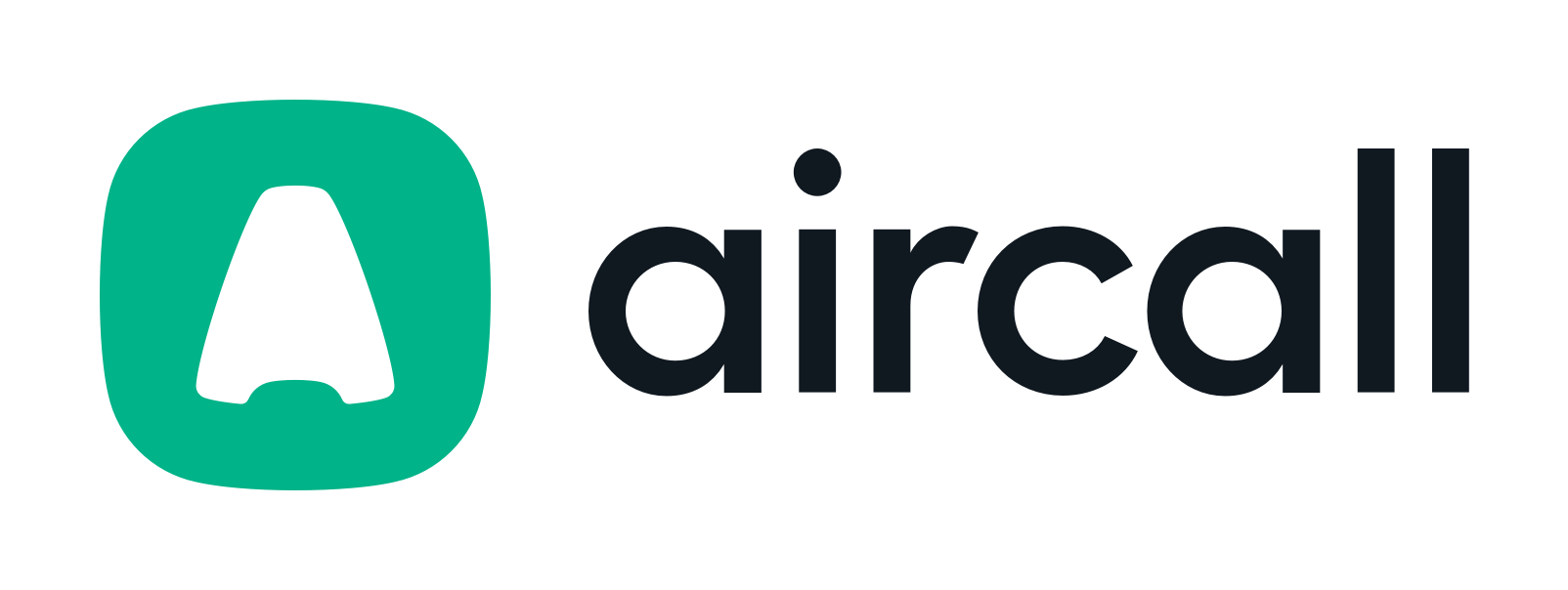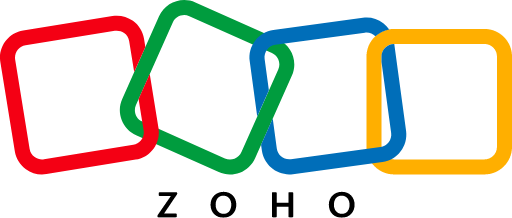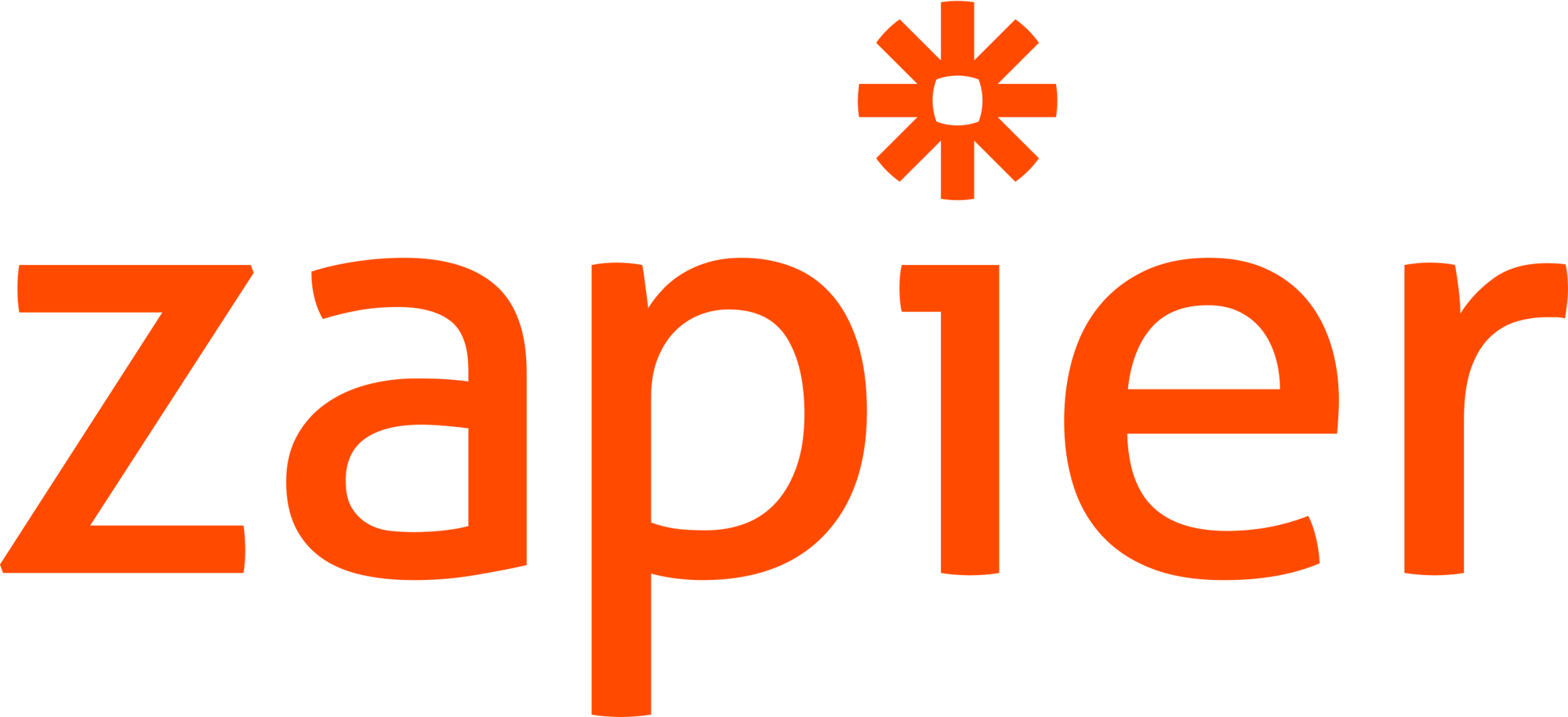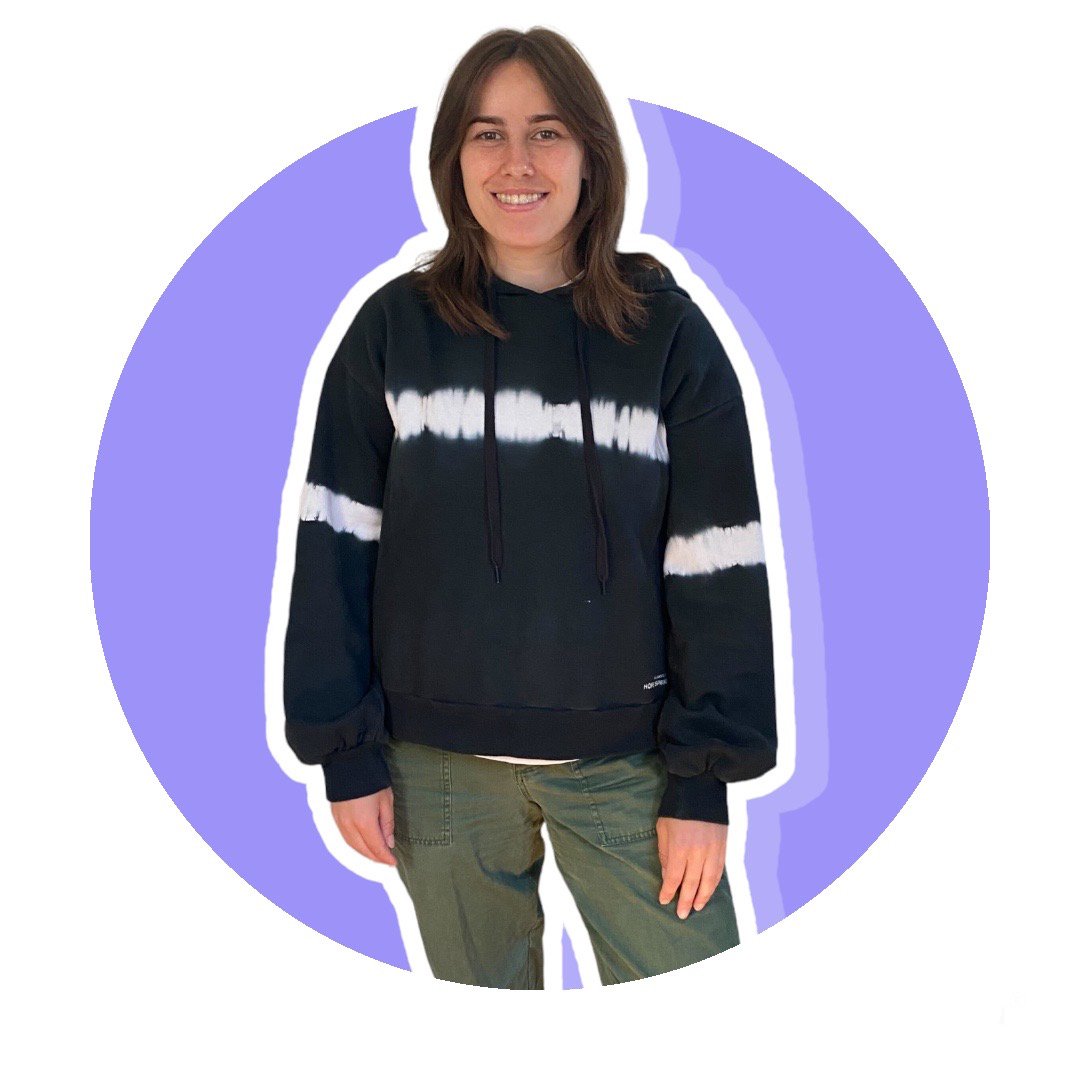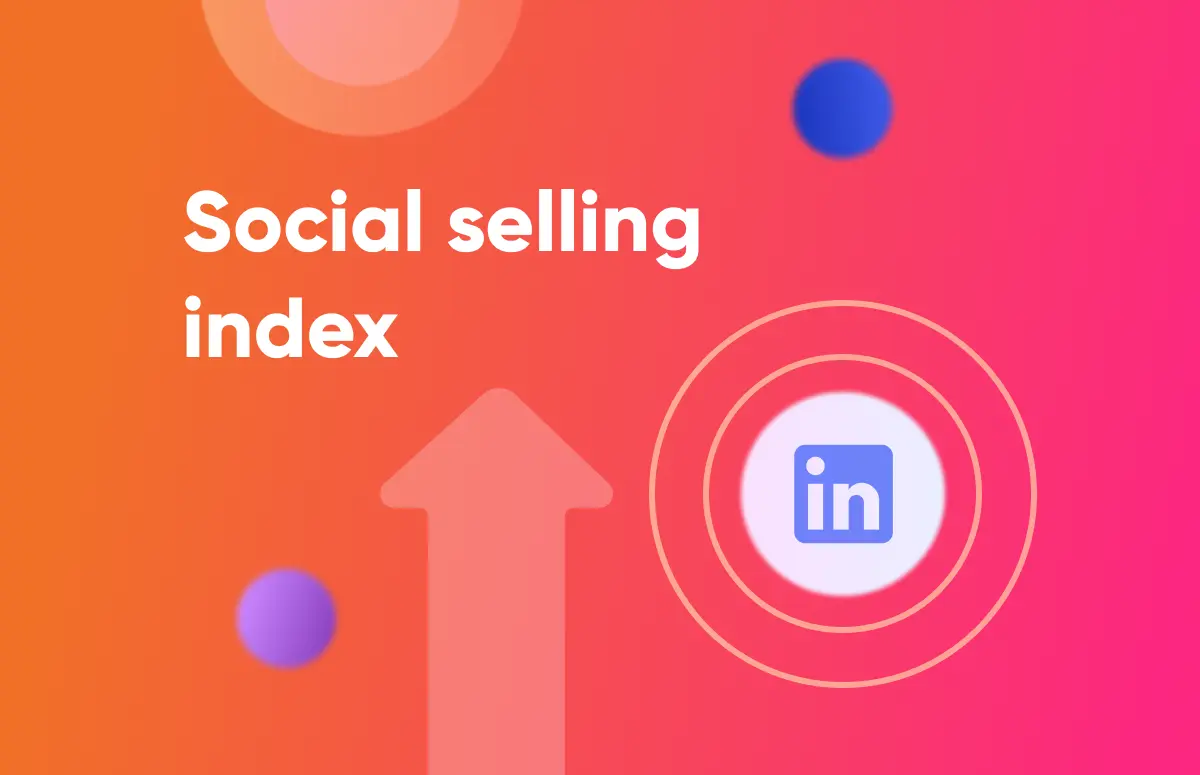![How to Get Phone Numbers From LinkedIn [Step-By-Step]-festured-image](https://6052405.fs1.hubspotusercontent-na1.net/hubfs/6052405/EN_resource-card-how-to-get-phone-numbers-from-linkedin.png)
LinkedIn is a goldmine for SDRs and sales teams. 💰
And there are plenty of LinkedIn statistics to prove it:
- 25% more conversations happened in private messages on LinkedIn in 2022 compared to 2021 (LinkedIn).
- 40% of B2B marketers consider LinkedIn the most effective platform for high-quality sales leads (LinkedIn Marketing Solutions).
- 82% of B2B marketers successfully use LinkedIn as a lead generation platform (LinkedIn).
As we said, it’s a goldmine… but only if you use the platform correctly.
SDRs need to know how to write strong, relevant, personalized messages. You need to send the right messages at the right time to the right people. Easy... right? 😉
We know it’s not, so let’s look at nine LinkedIn message examples and frameworks that will quickly get you high reply rates. 🙌
9 LinkedIn message examples (with high reply rates)
LinkedIn outreach is an art and a science.
You need creativity to stand out. And relevancy to capture attention if you want to be successful in outbound sales. 💡
These nine LinkedIn message examples will give you high reply rates. And they are a good place to start if you lack inspiration (hey, it happens 🤷). Use them as a base, and customize them according to your sales funnel, target audience, and sales processes.
1. The connection message
The first message you send to prospects is your initial connection message.
When you send a connection request, you can send a personalized invitation.
Always personalize the invite. Many users may be more likely to accept connection requests from users who send a message alongside the connection request.
That said, this isn’t the time to go hard on sales. If the prospect thinks you’ll hit them with repeated sales pitches, they’ll save themselves the hassle and ignore the request.
You get 300 characters to send an engaging invitation message.
Here’s what we recommend for a connection request message:
- Greet the prospect.
- Compliment or congratulate them, if applicable.
- Share your relevant experience or a commonality.
- Say you’d love to connect.
- Sign your name.
Here’s an example:
New Message
Recipients
CcBcc
Subject
Hey, Joe!
I saw your post about acquiring Series B funding - Congrats, that’s an incredible accomplishment. I’ve worked with SDRs at several other startups in your industry, and I’d love to connect.
Daisy.
The idea here is to be friendly, get the connection request accepted, and tell them you’re someone worth connecting with. These are cold messages, so don’t start selling hard because you’re just trying to get a reply.
2. “Saw you liked X’s post” message
You can learn a lot about a prospect based on the LinkedIn content they interact with, including potential interests and pain points.
Using that on-platform activity makes it easy to kickstart a relevant and timely conversation.
Watch for prospect activity in your feed, and check out their activity on their profile section for likes, comments, and post shares. And when you see something that opens the door for a conversation, it’s time to start messaging. 👀
Here’s what to do:
- Greet the prospect.
- Note that you saw them engage with the specific content.
- Ask a leading question regarding a potential pain point.
- Explain that many other professionals struggle with the pain point in question.
- Briefly introduce the core value of your solution.
- Ask if they’re willing to chat more.
Here’s an example from Thibaut Souyris, CEO and Founder of SalesLabs.👇

This LinkedIn message is specific, personalized to the client, and opens the door for a conversation. It’s far superior to a copy-and-paste, too-long sales pitch. Thibaut has a 38% reply rate and an 11% meeting booked rate with this message. 🙌
👉 Want to see how Thibaut’s using Kaspr?
3. They signed up for your webinar message
Webinars are still a popular and effective inbound marketing strategy today, but according to Morgan J Ingram (Advisor at Cognism and Founder of AMP), webinar attendance is low despite consistent registration numbers.
People are interested in the webinar but may not attend for these reasons:
- They wind up busy during the webinar presentation.
- They forget. (Sad, but often true).
- They lose interest by the time the presentation comes around.
While webinar attendance is down, registration is still consistent and a killer prospecting opportunity. You can get these prospects on cold calls and start nurturing a relationship with them directly. 📞
Fortunately, Morgan has a strategy to book calls with new webinar registrants.
- Send registrations a video message walking them through the event page.
- Go over the key bullet points detailing what will be discussed and sell them on a specific benefit.
- Explain that most people sign up for your webinar because your solution helps with a specific pain point.
- Let them know if they want to learn more; you’d love to set up a time to talk.
Here’s the example script:
New Message
Recipients
CcBcc
Subject
Hi James,
I saw that you signed up for our webinar on strategies for finding better-quality leads. You can see here on the event page that we have a few strategies listed, one of which is to use sales prospecting software.
Many people have signed up because Kaspr offers self-service prospecting software that can help you find and capture lead information on LinkedIn.
We’re excited to see you at the webinar, but if you’d like to learn more about Kaspr and how we can help you find strong leads, give me a shout. I’d love to set up a call and learn more about your prospecting needs.
And don’t forget Morgan’s advice: Don’t be generic.
If you’re generic and go over what’s already on the event landing page, your messages will do nothing but feel redundant.
This is your opportunity to capture interested leads before they disengage. Take advantage of that.
4. “Thanks for connecting” message
When your connection request is accepted, you want to strike while the iron is hot. To continue the conversation, contact them with a strong “thanks for connecting” message.
This can launch your outreach campaign, so relevant content is key.
Chris Russell, Senior SDR at Allego, strongly recommends using this quick video message framework:
- Thank the prospect for connecting.
- Introduce yourself.
- Explain why you reached out with a connection request.
- Highlight relevancy, ideally addressing a pain point the customer may have that you can resolve.
- Create a simple CTA that asks for additional time to talk.
Here’s the example from Chris:
New Message
Recipients
CcBcc
Subject
Hi, Joe!
I appreciate you accepting the connection request. I wanted to send a quick video to let you know who I am and why I thought it might make sense for us to have a quick chat.
I noticed on Kaspr that your headcount has grown recently. Typically, that means onboarding and training to help sales reps get through the ramp-up period quickly. That way, they can start meeting their goals and have long-term success to maintain performance.
We’ve found that the best way to do that is typically learning from their peers and sharing examples of what “good looks like”.
I’m not sure if this is something you’re interested in, but we help a lot of companies do something similar to this. Would you be interested in having a conversation about this?
These introduction videos should be:
- Short and to the point, no more than 30 seconds.
- Informal and personable.
- Conversational.
- Not an aggressive sales pitch.
- Sent as quickly as possible; Chris Russell even sends them from his car!
- Have a clear follow-up action; ask if they’d be interested in hopping on a call soon.
Look at Morgan J Ingram’s breakdown of Chris’ video example (including what he’d change). 🎬
5. The trigger-led message
We talk a lot about personalized LinkedIn messages that will speak to prospects where they are right now.
Nothing says read me right now quite like a trigger-led message.
You send these messages in response to a lead taking a specific activity. Examples include:
- They engage with one of your posts.
- They post a company update or job listing.
- They interact with other creators’ content.
- They announce a promotion, job change, or a new hire.
Alan Ruchtein, Sales Advisor and Founder of The Startup Effect shares his triggered sales sequence framework here:
- Greet the prospect.
- Say you noticed the action they took.
- Ask about an assumed or implied pain point.
- Stress how much the pain point can impact the prospect.
- Briefly introduce a solution, ideally with data.
- Ask if they’re interested in learning more.
- End with a value-focused “P.S.” note.
Here’s an example of this framework:
New Message
Recipients
CcBcc
Outbound headaches
Hey [Name],
I noticed you liked Yurii’s post about the best cold email practices. He’s the GOAT, no doubt.
Wondering if cold outbound is giving you headaches? 100s of hours sending dozens of highly-personalized emails and following up just to get a 1-2% reply rate.
Inefficient cold email processes lead to missed opportunities and slower sales cycles.
The modern seller streamlines cold outbound, cutting lead response times by 30% with cold email-proven frameworks. Imagine the impact on your conversion rates.
Interested in learning how?
PS: We helped ACME SDRs to increase their positive reply rate from 2% to 4% in three weeks using trigger-led cold email campaigns.
Here are the reasons why this particular LinkedIn message example works:
- It’s timely.
- Sales reps can leverage the prospect’s recent activity to gauge needs, motivations, and pain points.
- Briefly introduce the benefits and value of your solution without being too aggressive.
- Ask if they’re interested in more information.
- End by stressing the potential results for data-driven B2B buyers.
6. The pain points message
We’ve talked a lot about how tapping into a prospect’s potential pain point can capture their attention fast. But what about frameworks that go hard on drawing out complex pain points?
Some products or services may solve multiple complex challenges, and properly acknowledging and addressing them can book that meeting or close that deal.
Lucy Obertelli, Account Executive at MySalesCoach, shared the video framework she used for her pain points message sequence:
- Greet the prospect.
- Insert any personalized intro that bridges to the value proposition.
- Share that many clients in similar positions have experienced a specific struggle.
- State another common struggle that other clients have experienced in the past.
- Ask to discuss how you’re helping similar clients address those exact challenges to get the desired result.
- Ending CTA that asks if they’d like to discuss further.
Here’s what that framework looks like:
New Message
Recipients
CcBcc
Subject
Hey Joe, I’ve really enjoyed your recent posts about selling strategies for B2B brands.
Speaking of, Joe, I spend a lot of my time speaking with Sales Directors like yourself who all tell me that they know coaching is the number one thing they can do to support their team.
Yet often, with busy calendars and wearing multiple hats, coaching simply doesn’t happen as often or consistently as they’d like it to.
Others say, ‘No, Lucy, we do have the time,’ but their challenge is more that 1:1’s are spent talking about KPIs, pipeline management and metrics as opposed to pure salesperson development.
If any of that sounds familiar, I’d love to share with you how we’re helping similar leaders tackle those challenges head-on and help their reps reach their full potential. Let me know when works. In the meantime, I look forward to hearing more insights from you!
And, to top it off, Lucy shared the cold call opening script she’ll use when she follows up:
“Hey [Name], it’s Lucy calling from MySalesCoach. We haven’t spoken before, although I did send you a video yesterday on LinkedIn, so I’m hoping that’s bought me 30 seconds so I can explain why I’ve chosen to pick the phone up to you today?”
7. The funny follow-up message
You know the old saying: If you don’t ask, you don’t get.
And in many cases, selling means asking more than once, with consistent follow ups being vital to the sales process. Even if you got a hesitant initial response.
It can be challenging to re-engage sales leads who have dropped off somewhere in the process, and sometimes, a funny follow-up message is the way to go.
These messages should be:
- Super short; sometimes, just a custom meme will do the trick.
- Light-hearted, good-natured, and funny.
- Sent several days up to a week after the initial messages in the sequence, depending on your sales cycle.
And if you need an example, look no further than Alan’s hilarious follow-up message from his trigger-led sequence:
New Message
Recipients
CcBcc
Subject

The idea is to put the ball back in the prospect’s court, using humor (and a solid meme, too) to generate interest and engagement.
Simple, direct, and funny. If they won’t respond to other messages, this just might do the trick to boost your response rates.
8. The useful resources message
Useful, valuable resources can build trust, driving long-term relationships with buyers. That’s why content marketing has long been such an effective inbound strategy.
Send prospects LinkedIn messages that share useful resources that could help them.
When sending resources, consider sending:
- Resources with extensive original data, including whitepapers.
- Actionable content, including checklists, frameworks, and templates.
- Expert-created content with industry insights.
- Content created for the prospect’s ICP.
- Content that’s relevant based on where the prospect is in their buyer’s journey.
Here’s another outstanding LinkedIn message example from Alan using this LinkedIn message template:
New Message
Recipients
CcBcc
Subject
[Name] - I thought of sharing the four-step sequence we used with [company] to help them double their positive reply rate.
You can find it in this link [insert link].
Free free to copy and use it!
These messages should:
- Immediately explain what the resource is.
- Provide a link or attachment to the resource in question.
- Encourage the reader to take a look.
These messages are part of the sales process but should not include a sales pitch. They’re about creating and providing value; we should leave it at that… at least for now.
9. The “saw you moved jobs” message
SDRs should never ignore a few high-value sales opportunities, and a prospect switching jobs is one of them.
When leads or clients have a new job role or employer, they will likely be open to new products, services, and solutions. Catch them early for a better chance of converting them.
We recommend using LinkedIn Sales Navigator (or Sales Navigator alternatives) to track when prospects job hop.
Here’s the framework you should use:
- Greet the prospect.
- Note that they moved to a new company and/or job role.
- Congratulate them.
- Leave it at that for now.
This is what it looks like, courtesy of Morgan J Ingram:

It’s important to remember to give these prospects time and space.
Starting a new job can be overwhelming. (We’ve all been there, we get it).
They might know their pain points, which tools are in their tech stack, or their budget.
Give them time to reply before following up. And when they do reply, treat it like a conversation, not a sales pitch. Let them know that you may offer relevant solutions and resources and to give you a shout when the dust has settled if they want to learn more.
LinkedIn messages: What not to do
Following best practices for LinkedIn messages is a good start. And just as important, Know what not to do so you don’t waste all your hard work.
Here’s what SDRs and sales reps absolutely should not do in LinkedIn messages 🙅:
- Abuse automation tools, relying exclusively on outreach en-mass without researching leads.
- Sending generic messages without personalizing messages based on the prospect’s needs, tech stack, motivations, or challenges.
- Focus on selling your product to anyone with ears instead of educating buyers to help them discover an ideal solution.
- Being too wordy, with long messages that ramble on, brevity is often key.
- Trying to do too much in a single message, such as sharing content resources, trying to book a demo call, and asking about pain points. Pick one goal and stick to it.
- Failing to follow up or following up too soon.
FAQ
Here are some commonly asked questions about messages on LinkedIn.
An example of a LinkedIn message you can send to prospects includes a connection request message, saw you liked X’s post, a trigger-led message, or a funny follow-up. We’ve outlined all of these in this post.
LinkedIn is a strong prospecting platform, but it’s always a relationship-building and social networking site first and foremost.
You don’t want to immediately greet a new connection request with a six-paragraph pitch outlining the perks of your product or service. They probably won’t read it, and they may delete you as a connection.
Intentional outreach at the right time with the right messages is key. The above is a great example for these reasons:
- It creates more opportunities to start a conversation during high-intent periods.
- It shows genuine interest in the prospect, which can establish a long-term relationship.
- It doesn’t come on too strong at the wrong times.
Not every message has to drive immediate sales or book meetings. It really is about the long game, especially since some prospects take longer to convert or won’t be ready until later.
Good messages to connect with are timely and relevant, so using outreach based on a lead’s recent activity is a great place to start.
Let’s look back at the example from Thibaut Souyris:

This is a great example of a LinkedIn outreach message. It’s short, to the point, and is incredibly personalized. This message stands out for the following reasons:
- It’s based on the client’s activity, and it’s incredibly specific.
- It discusses something that interested the prospect enough to engage the first time.
- It highlights a potential pain point.
- It opens the door for a conversation without being too aggressive or “salesy.”
Outreach on LinkedIn should always be personalized and relevant, and it should consider their needs instead of your quota.
Value-based selling, which focuses on the project and its needs instead of simply promoting your product can help.
Based on the research you conduct before outreach (and you should be doing research!), as context-loaded questions about a prospect’s needs and pain points.
Be genuine and sprinkle your personality in. Decision-makers buy from people they like and trust.
How do you send a catchy message on LinkedIn?
Sending a catchy message comes down to two things: Relevance and originality. 💡
The more relevant your message is to the prospect in question, the more it will grab their attention.
Examples include:
- Addressing them by name (and spelling it correctly!).
- Mention relevant ground, such as a mutual connection, something the prospect posted, or congratulate them on an achievement..
- Ask about anticipated pain points and needs.
Originality comes down to creativity and uniqueness.
Examples include:
- Let your personality shine with creative phrasing and wit.
- Use a multi-media approach, with video and voice notes.
- Don’t be too stiff; professional doesn’t mean boring.
Be catchy and creative, but remember to be authentic, too. You’ll find out what works for you as you send more LinkedIn messages.
Accurate European contact data
Get accurate data for your prospects and connect with your favorite sales tool
